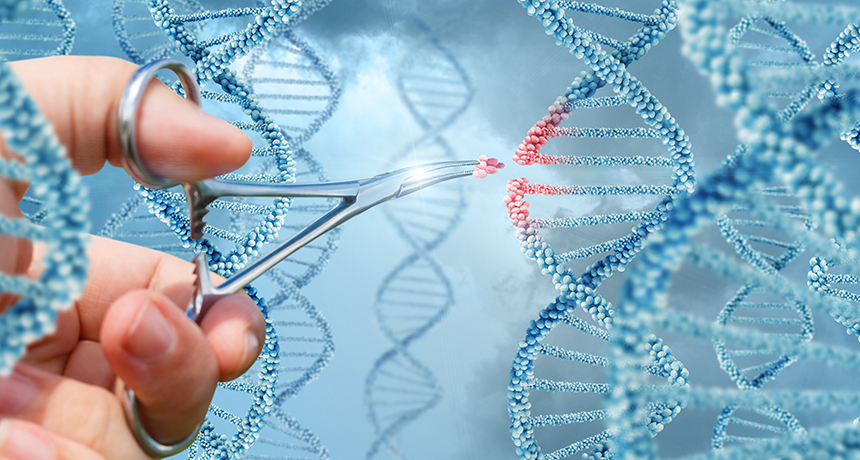Hitching a ride with a retroelement
Retroviruses and retroelements have inserted their genetic code into mammalian genomes throughout evolution. Although many of these integrated virus-like sequences pose a threat to genomic integrity, some have been retooled by mammalian cells to perform essential roles in development. Segel et al. found that one of these retroviral-like proteins, PEG10, directly binds to and secretes its own mRNA in extracellular virus–like capsids. These virus-like particles were then pseudotyped with fusogens to deliver functional mRNA cargos to mammalian cells. This potentially provides an endogenous vector for RNA-based gene therapy.
Science, abg6155, this issue p. 882
Abstract
Eukaryotic genomes contain domesticated genes from integrating viruses and mobile genetic elements. Among these are homologs of the capsid protein (known as Gag) of long terminal repeat (LTR) retrotransposons and retroviruses. We identified several mammalian Gag homologs that form virus-like particles and one LTR retrotransposon homolog, PEG10, that preferentially binds and facilitates vesicular secretion of its own messenger RNA (mRNA). We showed that the mRNA cargo of PEG10 can be reprogrammed by flanking genes of interest with Peg10’s untranslated regions. Taking advantage of this reprogrammability, we developed selective endogenous encapsidation for cellular delivery (SEND) by engineering both mouse and human PEG10 to package, secrete, and deliver specific RNAs. Together, these results demonstrate that SEND is a modular platform suited for development as an efficient therapeutic delivery modality.







